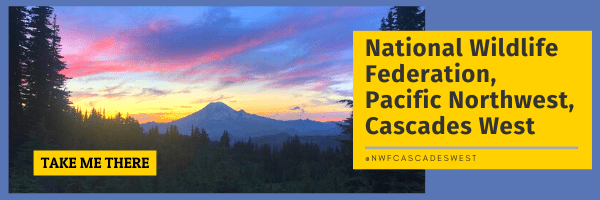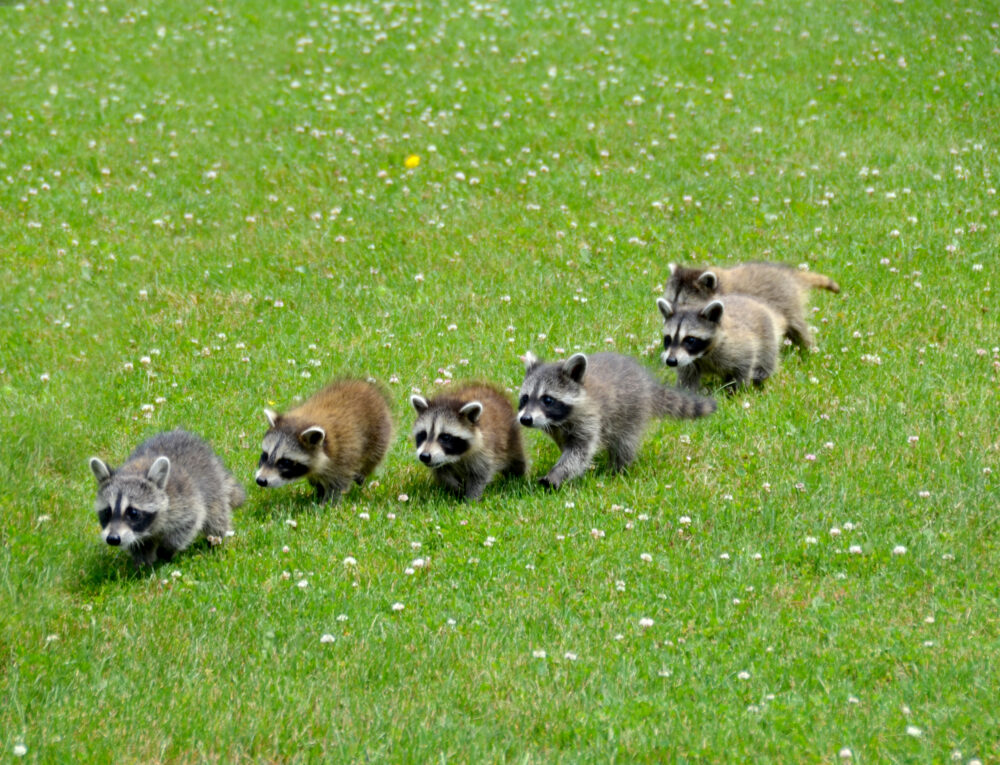We have much more to do and your continued support is needed now more than ever.
Who Was Lonesome Larry?
Opportunity Lost: The story of Idaho’s most eligible—and unlucky— bachelor

Summer is at its peak, bringing with it soaring temperatures and relentless heat. In recent years, we’ve shattered heat records across the Northwest. Not surprisingly, people are thinking about climate change, of lone polar bears standing on their shrinking icebergs, staring off into an uncertain future.
As my phone flashes yet another heat advisory, it occurs to me: You don’t have to go to the arctic circle to see how global warming is impacting wildlife. In the Northwest it’s happening in our very backyard; our polar bear is the sockeye salmon. Among anadromous fish, sockeye are particularly vulnerable to warming water temperatures and were the first salmon species to be listed as endangered under the Endangered Species Act.
As summer heat gathers momentum, the shallow, slow-moving waters behind the four lower Snake River dams are pushing temperatures well above 68 degrees. This is dangerously—fatally—hot for salmon. It’s worrying and makes me wonder: Does anyone remember Lonesome Larry?
For some, Larry might be an obscure character, but in Idaho, Lonesome Larry is a legend. He is a singular sockeye salmon, literally and figuratively. Larry rose to fame in 1992, when he survived the daunting journey—swimming a 900-mile distance, climbing 6,500 feet in elevation—back to his natal spawning ground only to make an unhappy discovery: there were no other sockeye in Redfish Lake to be found. None! In short, Larry was stood up for the most important date of his life, thus earning him his name.

The story of Lonesome Larry marked a low point of our region’s rich biodiversity and natural heritage. Idaho’s Redfish Lake is named for the thousands of bright red and incredibly determined sockeye that returned from the ocean each fall. Yet shortly after the lower Snake River dams were put in place, sockeye returns to Redfish Lake fell from 30,000 to the single digits. In 1991, Redfish sockeye became the first salmon species to be listed as endangered under the Endangered Species Act. A year later, Lonesome Larry’s bachelor fate was sealed, and he entered the pages of Idaho history.
Larry’s lonely return to Redfish Lake confirmed warnings long issued by the Shoshone-Bannock tribe, which upholds the sockeye as an important cultural legacy. With the genetic lineage of the Redfish Lake sockeye in peril, biologists harvested Larry’s sperm to fertilize thousands of eggs. Once stuffed, Larry graced the office walls of then-Idaho Gov. Cecil Andrus, becoming a symbol of salmon restoration of the Snake and Columbia Rivers that inspires conservationists old and young to this day. And 20 years after Larry made his last splash in Redfish Lake, it was estimated that 6% of the sockeye population had Larry’s genes.

However, in 2015 more than a quarter-million Columbia River sockeye salmon died in the river and its tributaries, the result of unusually warm water gathering behind the four Lower Snake River dams. Scientists warn that climate change is exacerbating the effects of the dams, and certain to get worse.
A recent report offers a sobering outlook for migratory river fish populations around the world, which have plummeted 76% in the past 50 years. This hits home for residents, businesses, and communities that care for and depend on salmon, from coastal Washington to inland Idaho. Not surprisingly, they are calling on their elected leaders to take charge and invest in real solutions to rethink how we manage the Snake River so we can recast Larry’s romantic tragedy into a story of recovery. A delisting of Snake River sockeye will require annual returns of 2,500 wild fish. Scientists agree that by restoring the Snake River we can count on thousands of Larry’s descendants, swimming back up to Redfish Lake to get lucky!
Let our leaders know how important it is to preserve wild salmon runs
Tell Congress to invest in and restore the Snake River to create a healthy, intact river system that works for people, for fish, and for wildlife.
Take Action!





















